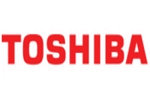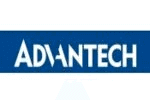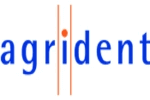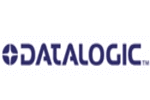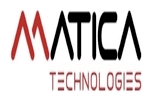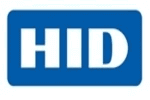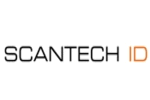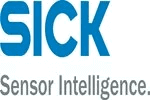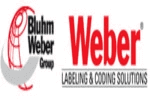What is a barcode?
Barcode; is a method used for transferring data to another medium by reading barcode readers, which are composed of vertical lines at different thicknesses and spaces in different thicknesses between these lines, without errors. Briefly, the barcode consists of lines at different thicknesses and spaces between these lines.
The barcode can be read by optical readers, also called barcode readers, and can also be scanned into software. Barcodes, which can be used in every area, are used for fast data entry in Automatic Recognition Data Acquisition (AR / DA) applications in the computer environment to acquire data from many fields, to scan and obtain the data obtained.
For example; barcode lines on a product in a store (usually on labels) do not contain information about the price of the product and the detail of the product. It's a reference number. The product is introduced to the store's computer with this reference number. The optical reader reading the reference number sends this number to the computer, and draws the information (product price, stock status, etc.) defined by that reference number on the computer. So when the price of the product or the stock status change, there is no need to change the barcodes, only the reference code product read by the software changes in our computer.
The barcode symbology used in barcode printing is an alphabet that determines the lines and spaces in the barcode to be printed. The digits 0 through 9 can contain alphabetic characters and some special characters. (-, *, / , as.. ) There are many barcode alphabets used in the world, and some of these alphabets can be composed of digits, as well as some digits and characters.



